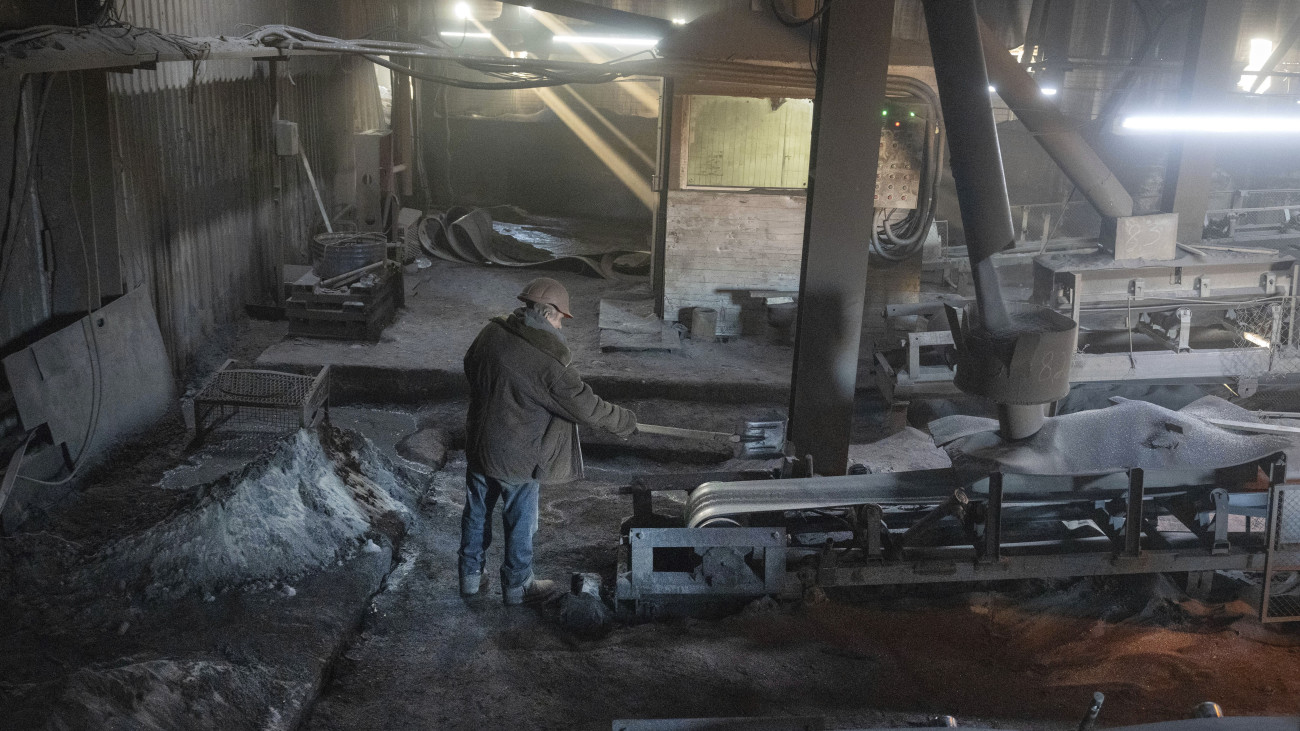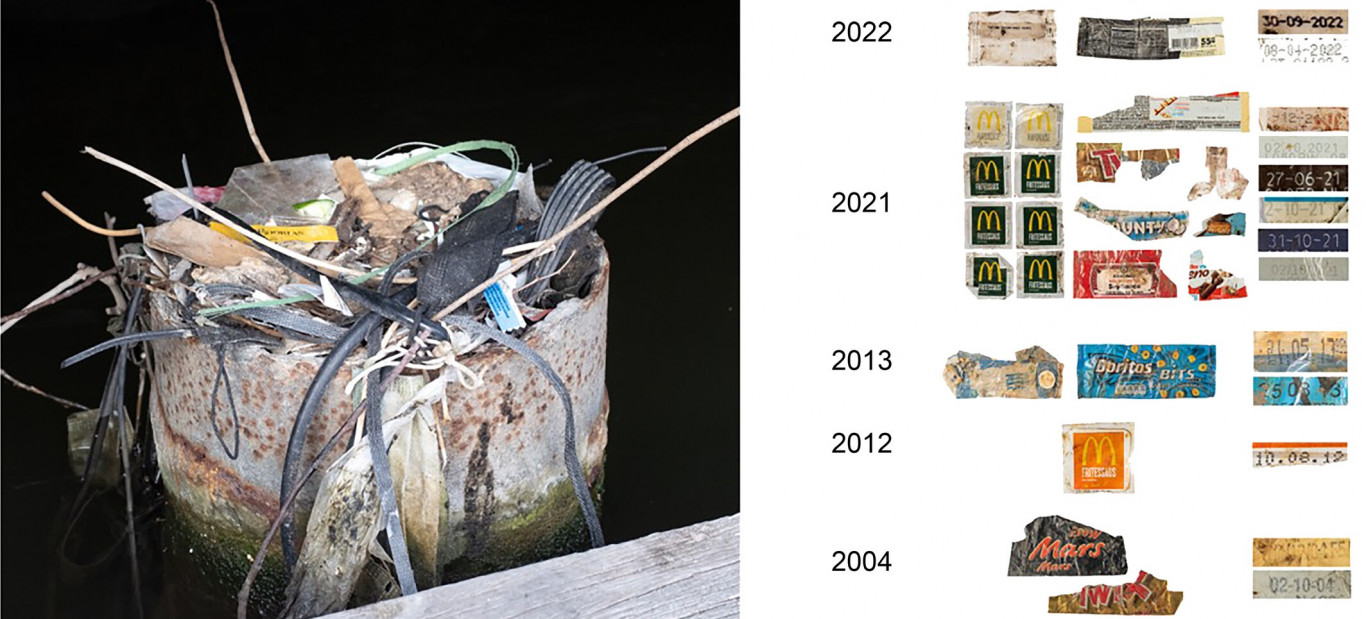An amazing secret place awaits those who dive into the depths of the ocean off the coast of Costa Rica. Some 2,800 meters below the surface, in nooks and crannies that shimmer from the heat escaping from the sea floor, a multitude of octopuses hide and give birth to precious offspring. The view is amazing.
Many species of octopus love it
This rare octopus nursery was discovered just last year on the Tengosed seamount, hiding in the dark depths: a place generally considered too cold for sensitive cephalopods. However, the heat provided by the volcanic seafloor creates the ideal temperature for many different octopus species to reproduce. All this is so diverse that scientists have now identified four previously unknown species of octopuses that breed here.
Through hard work, our team has discovered new hydrothermal vents off the coast of Costa Rica and confirmed that they are home to deep-sea octopus nurseries and unique biodiversity. Oceanographer Beth Orcutt of Bigelow Oceanographic Laboratory told Oceanographic Sciences Science Alert Online scientific portal.
Low-temperature hydrothermal vents were confirmed less than a decade ago, although such locations are difficult to find because their traces cannot be detected in the water column.
The discovery and subsequent monitoring missions were carried out by a remotely controlled underwater vehicle, R/V Falkor, with multiple dives in the so-called Octopus Garden, which
Over one hundred and sixty deep-sea specimens were photographed and recorded last December to help identify and catalog the site's amazing biodiversity.
Four new species of octopus have also been identified here, and researchers are currently working on describing them, and their results will be published in the near future.
Warmth speeds up reproduction
Only one of the four octopuses discovered in the hydrothermal vent is a Muusoctopus species and is related to other congeners found in the area. Scientists called it the “Dorado Octopus” because it was found on an outcrop called El Dorado Hill. Cephalopods have been found at several nearby sites, and the community density—unusual for animals not known to be social—may indicate that Muusoctopus species have evolved to require hydrothermal vents to reproduce.
A study published last year found that the heat provided by the springs reduces the hatching time of eggs, and also increases the growth of embryos and the metabolism of females.

But there is still a lot we don't know about this mysterious process or the depths of the ocean. Other discoveries include hydrothermal zones separated by relatively short distances but with different temperatures and chemical compositions, which experts say suggest they are driven differently in each case.
The researchers also found that octopuses are not the only creatures that use the seafloor to reproduce. The research team also found a deep-sea “stingray nursery” that they called Skate Park, and scientists now hope to learn more about this amazing place through further research and observations.












































